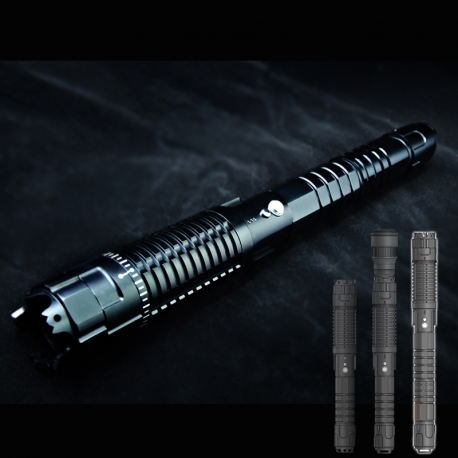When this "supernatural power" car completes its work, the staff will organize the data collected into a database, and then the post-processing software "Thinking Point Cloud" officially debuts. One of the point clouds is the extraction technology, which is to extract the valuable points scanned by the laser pointer and restore them to the two-dimensional plane. The interval between these points is as small as 1 cm, most of them are 2 ~ 3 cm, and the maximum interval is about 20 cm. This depends on the distance during measurement. When the distance is far, the distance between measurement points is relatively far. With "points" for comparison, and then comparing the pictures taken by the camera, we will "pick" the actual object on the camera and paste it into the corresponding point of this object.
After such processing, a 360-degree photo becomes a three-dimensional three-dimensional model, and it can also highlight the required information according to different needs. What is more proud is that from the device to the software processing, all technologies are developed forward, that is, starting from the bottom and then completing the modeling, with completely independent copyright. Including calibration, synchronization between key sensors, and post-processing software development. From 2007, he mainly studied hardware integration technology, and began to invest in research and development of post-processing software and application-oriented hardware transformation in 2012. It has been mass-produced and sold.
Among these positively developed technologies, the most difficult is automated three-dimensional holographic modeling, which requires the extraction and three-dimensional modeling of various features around the road. In order to make the extraction point more accurate, Wei Zhanying and group members positioned the position of the scanning car in each photo when taking the photo into three-dimensional coordinates, and based on the data such as the position and angle, tried to restore the later pictures to reality s position. "There are currently 50 types that can be extracted."
The application prospect is broad. At the beginning of the design of the vehicle-mounted red laser pointer modeling and measurement system, the purpose is to solve urban diseases. In modern cities, there are problems such as leaves blocking traffic signs and manhole cover collapse. In the past, technicians could only manually measure the position of the coordinates and slowly integrate the data to manage it. But after the advent of the on-board laser modeling and measurement system, the car can carry the instrument on the highway at a speed of 40 kilometers per hour, and ensure that the photos taken and the measured data are as accurate as possible.

